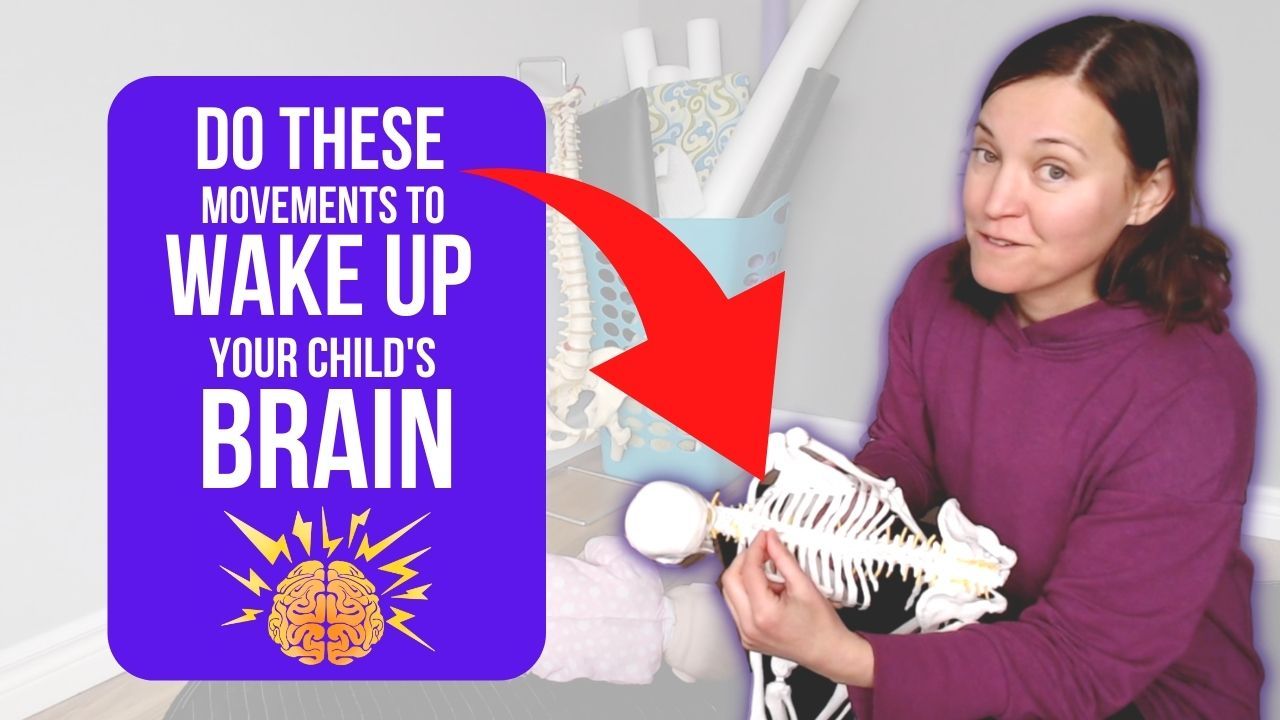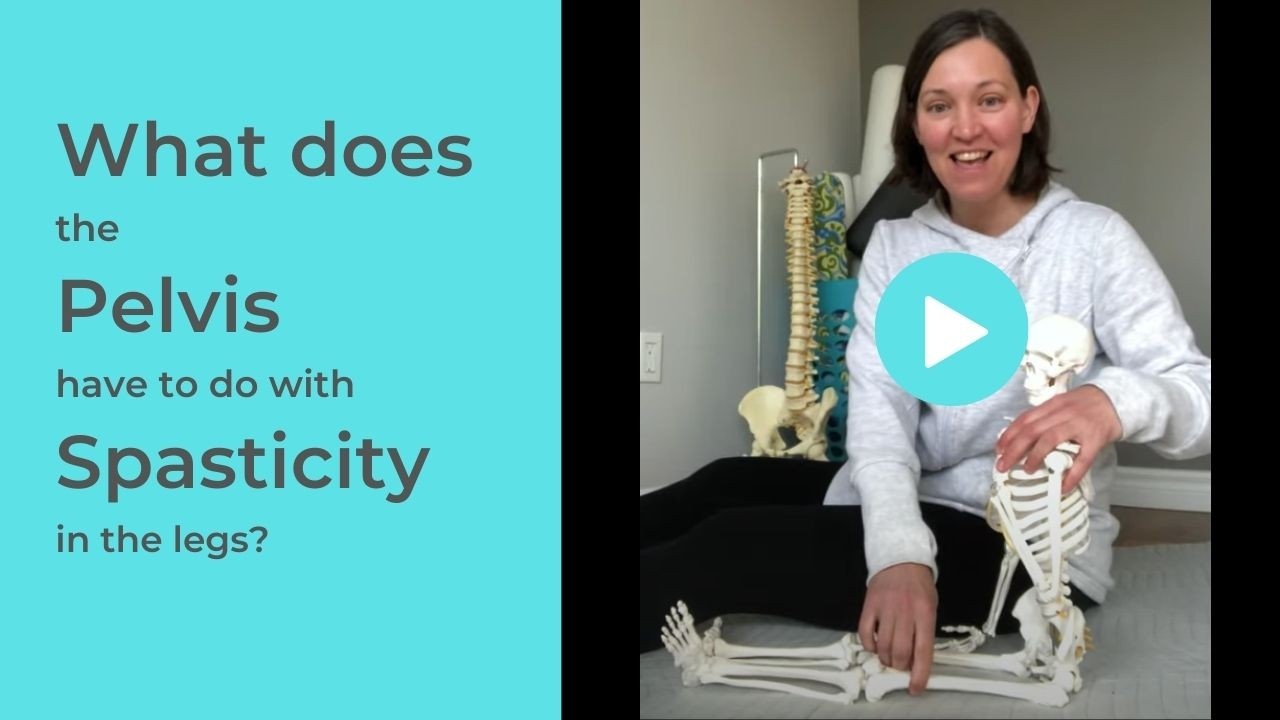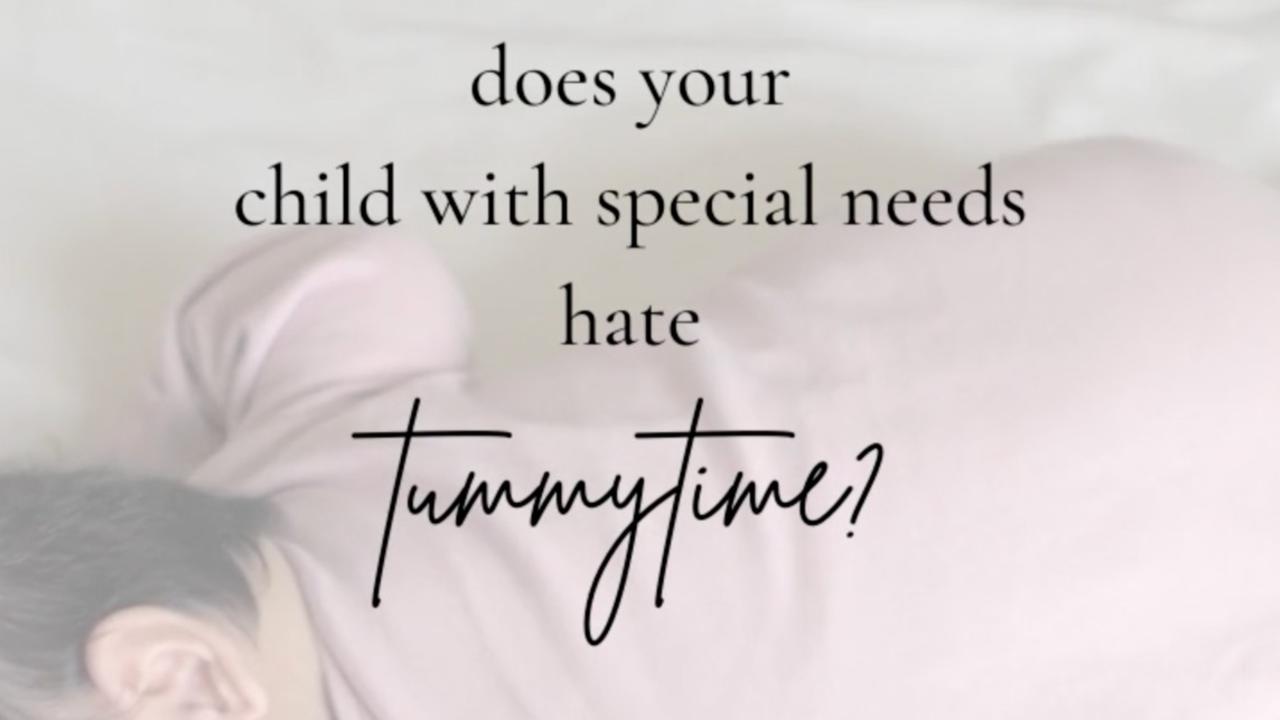The MindfullMoves Blog
As parents, we all want to support our children's growth and development to the best of our abilities. One crucial aspect that often goes overlooked is the body map—a mental representation of our bodies that enables coordination, balance, and movement. For children with disabilities or developmental...
As an Anat Baniel Method® Practitioner, I wanted to share with you some insights on how I approach the initial assessment of children who come to my office. I'm hoping it can be helpful for parents with children with developmental delays and/or disabilities to have a better understanding of the Anat...
As parents, we all want our children to thrive and reach their full potential. However, when our children have developmental disabilities, it can be challenging to know how to best support them.
The Anat Baniel Method® (ABM) is a gentle and innovative approach to working with children with developm...
How to Help a Child in a Non-Responsive State
It can be challenging for parents to see their child in a non-responsive state. Parents can feel helpless and wonder what they can do to help their child. Fortunately, there are things that parents can do to help their child start to wake up to themselv...
Parent Question: How Can I Tell If My Child Is Uninterested in Learning or If It's Just Too Hard for Them?
A wonderful parent asked this question inside my MindfullMovement Program, and I wanted to answer it for them. Hi, I'm Jen Stewart, an Anat Baniel Method® practitioner, and I love to tea...
If your child with Cerebral Palsy, brain injury or developmental delays, has tight hamstrings… instead of stretching…. try this gentle exercise that focuses on the pelvis!
What does the movement of the pelvis have to do with tight hamstrings!?!?
Give this exercise a try and let me know below if it...
How are you 'teaching' your child to sit?
Making this small change in how you pick up your child, can make a HUGE difference in helping your child's natural development.
Learn how to work WITH your child's brain, instead of against it!
Hi! I'm Jen, an Anat Baniel Method® Practitioner, and I tea...
Ever struggle with watching your child do hard exercises in physical therapy and wonder if it's the right fit for your child?
This suddenly became very clear during one appointment with my daughter, where the therapist said:
"It's ok if she cries, we can still do the exercises".
Ummmm... are we fi...
When my daughter was first diagnosed with a rare genetic disorder, I thought I could just skip over learning how to roll over and go straight to propping her up to sit.
I felt sooo accomplished that I could put a little check mark in the "sitting" milestone box.
But skipping over ALL those little p...
Looking for exercises to help increase your child's head control?
Tried ALL the neck muscle strengthening exercises and they just aren't working (no matter how many and how often you practice them with your child)?
Maybe the answer to increasing head control has very LITTLE to do with neck muscle ...
How much freedom of movement do you have in your pelvis?
How does the movement of your pelvis influence the movement of your leg?
Come explore this quick 1 min movement class with me!
CLICK ON IMAGE ABOVE TO WATCH VIDEO AND FOLLOW ALONG
1. Explore just rolling your leg.
Feel the femur head ro...
If there's one controversial topic that an Anat Baniel Method® Practitioner is passionate about... it's probably the case AGAINST tummytime.
Yikes... hear me out...
There are soooo many reasons to STOP and think about why we are putting babies in a position they can't get into or out of on their o...











